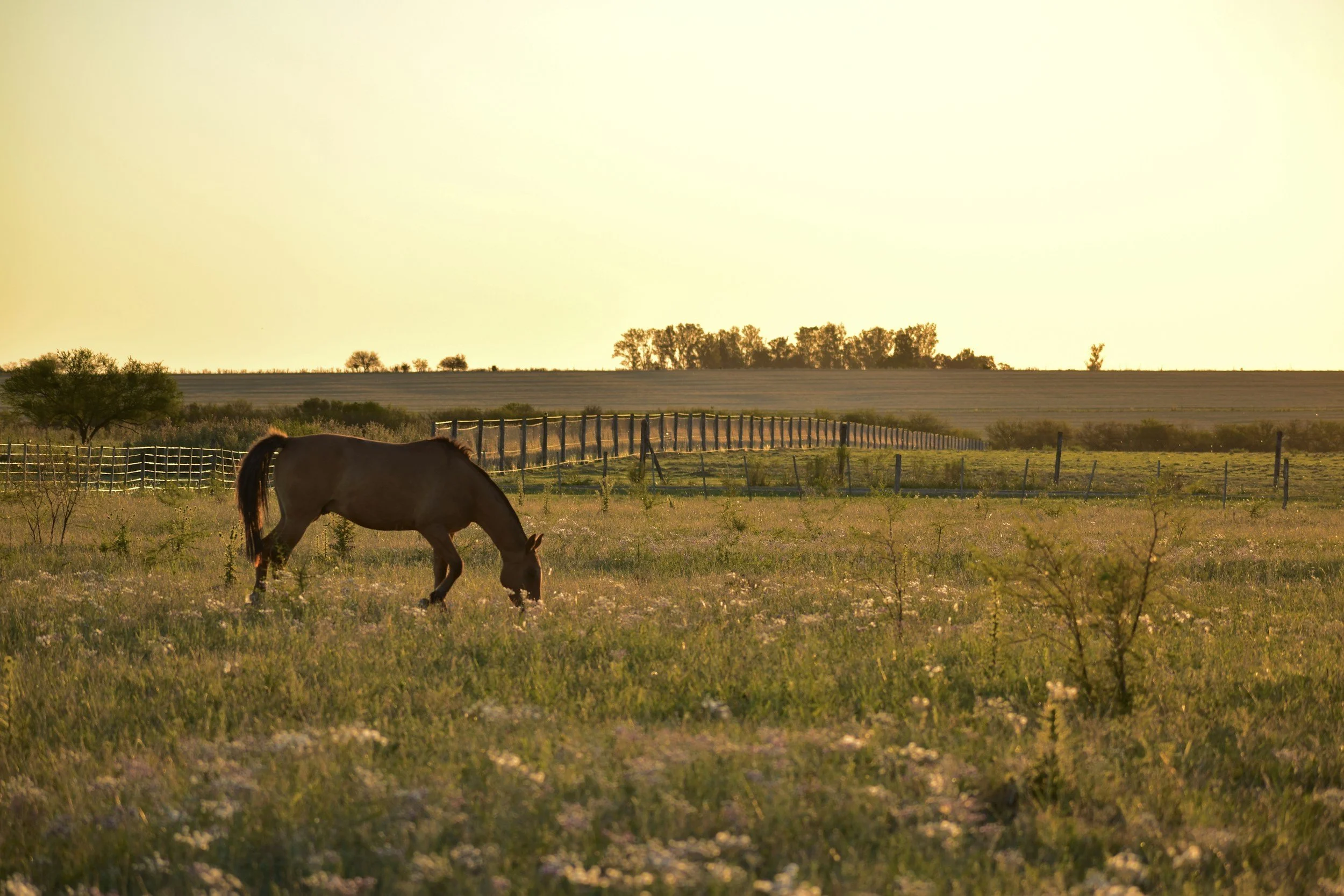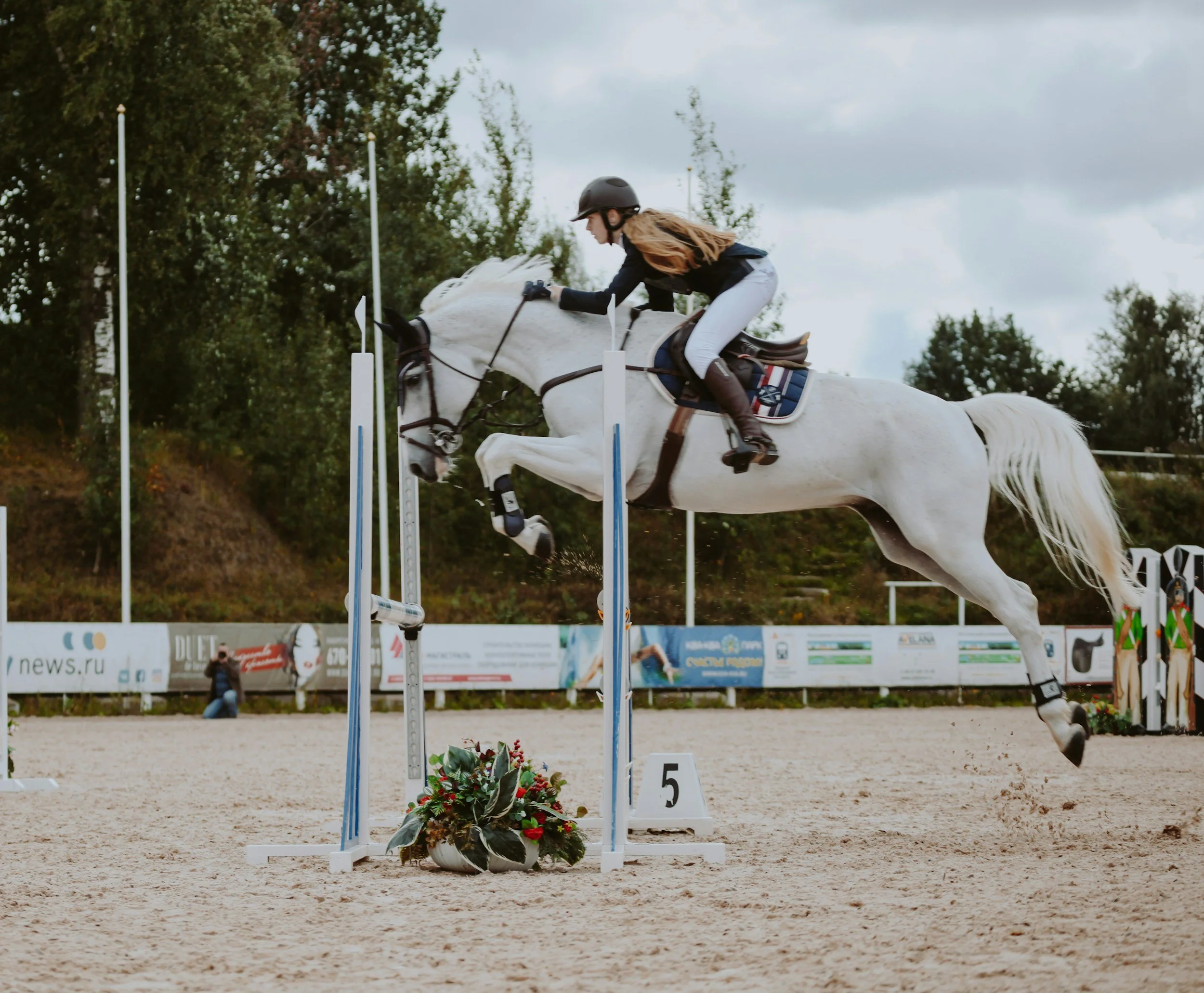By: Eric Finke, Staff Member
In 2006, Keeneland introduced its current synthetic track to increase the safety of horses under the stress of racing on dirt.[iv] This safety trend was seen nationwide as the California Horse Racing Board went so far as to require tracks, including the famous Santa Anita Park, to lay down a synthetic surface by 2007.[v] A surface switch proved to be a success based on studies of the Equine Injury Database.[vi] As recent as 2013, there were only 0.43 breakdowns per 1000 starts at Keeneland on the synthetic track surface, while the overall breakdown rate across the nation on dirt surfaces was 2.11 per 1000 starts.[vii] In the midst of all this change, Churchill Downs continued using a dirt surface, causing many owners to begin bypassing tracks like Keeneland, in favor of dirt.[viii] Horse owners that once eyed the Blue Grass Stakes as the premier event for testing the Derby waters have begun to stay away in recent years.[ix] World famous horse trainer Todd Pletcher has refused to run on a synthetic surface with a true frontrunner in his stable, preferring to run on a consistent dirt surface that would be comparable to what Churchill Downs has to offer.[x]
[i] VisitLex: About Lexington, http://www.visitlex.com/about/, (last visited Apr. 9, 2014).
[ii] Alicia Wincze Hughes, Keeneland to replace synthetic racing surface with return to dirt track, Kentucky.com (Apr. 2, 2014), http://www.kentucky.com/2014/04/02/3174914/keeneland-to-replace-synthetic.html.
[iii] Keeneland spring meet offers Derby, Oaks preps, Washington Times (Apr. 3, 2014), http://www.washingtontimes.com/news/2014/apr/3/keeneland-spring-meet-offers-derby-oaks-preps/.
[iv] Natalie Voss, Keeneland’s Switch Back to Dirt Track Could Appeal to Breeder’s Cup and Derby Contenders, Business Lexington (Apr. 7, 2014), http://bizlex.com/2014/04/keeneland-switch-back-to-dirt-track-could-appeal-to-breeders-cup-and-derby-contenders/.
[v] Hughes, supra note 2.
[vi] Equine Fatality Summary: Keeneland, Equine Injury Database, http://www.jockeyclub.com/pdfs/eid/Keeneland.pdf (last visited Apr. 9, 2014).
[vii] Supplemental Tables of Equine Injury Database Statistics for Thoroughbreds, The Jockey Club, http://jockeyclub.com/pdfs/eid_5_year_tables.pdf (last visited Apr. 9, 2014).
[viii] Voss, supra note 4.
[ix] Hughes, supra note 2.
[x] Don Agriss, Up the Backstretch: A back-to-nature movement in racing, The Island Packet (April 3, 2014), http://www.islandpacket.com/2014/04/03/3039209/up-the-backstretch-a-back-to-nature.html.
[xi] Voss, supra note 4.
[xii] Andrew Beyer, Keeneland reluctantly will be digging the dirt once again, Washington Post (Apr. 9, 2014), http://www.washingtonpost.com/sports/othersports/keeneland-reluctantly-will-be-digging-the-dirt-once-again/2014/04/09/080dbb3a-bfff-11e3-b574-f8748871856a_story.html.
[xiii] Joe Drape, A Track’s Shift to Dirt Adds to Horses’ Risks, The New York Times (Apr. 3, 2014), http://www.nytimes.com/2014/04/04/sports/in-a-tracks-decision-horses-are-the-losers.html?hpw&rref=sports.
[xiv] Joe Tash, Del Mar Fairgrounds to replace synthetic track with dirt, Del Mar Times (Apr. 9, 2014), http://www.delmartimes.net/2014/04/09/del-mar-fairgrounds-to-replace-synthetic-track-with-dirt/.
[xv] Breeder’s Cup, http://www.breederscup.com/history/event-year (last visited Apr. 9, 2014).
[xvi] Hughes, supra note 2.





